International
The debate from the inside: two podiums, stopwatch of lights and a thousand journalists in a stadium
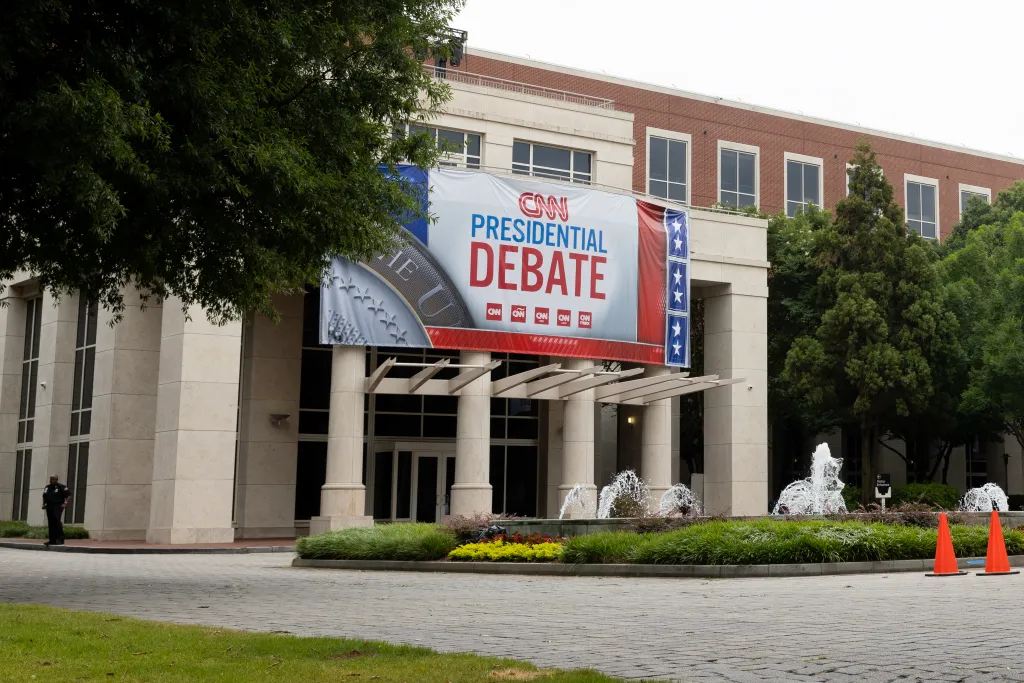
The logistics of a presidential debate in the United States is not a simple thing and even less in the first and decisive face-to-face that democrat Joe Biden faces Republican Donald Trump this Thursday.
These are the studies inside where this historic day will be held in the city of Atlanta, which were already armored by the Police with several surrounding streets cut off to traffic.
The debate will begin at 9:00 p.m. local time (01:00 GMT on Friday) in a CNN television studio on the Techwood campus, in downtown Atlanta, with no public presence and will last 90 minutes with two advertising breaks.
The candidates, the oldest in history, will debate standing on two podiums separated by 2.4 meters and will have behind them a set with the slogan ‘CNN Presidential Debate’.
By lot, it was up to the Democratic campaign to choose the position of the candidates and opted for Biden to be on the right side of the television screen and Trump, on the left side.
Candidates will access the study by opposing entries and it is unknown if they will greet each other by shaking hands.
Right in front, the moderators of the debate, journalists Jake Tapper and Dana Bash, will be sitting at a table, who will ask the questions to the candidates and they will have two minutes to answer.
Biden and Trump will not have a stopwatch as such: above the cameras they will see lights that will turn yellow when they have 15 seconds left of their turn of speech, they will blink when five seconds remain and they will be red when their time has run out.
Only the microphone of the candidate who has the turn of the word will be turned on and his rival will have it off. Anything he says will be practically inaudible to viewers.
This is how it is tried to prevent the repetition of the screams and interruptions that led the two tense face-to-face between Biden and Trump of the 2020 elections.
None of the candidates will be able to talk to their advisors during the two breaks and they are prohibited from taking previous notes, although they will have a notebook and a pen to take notes.
About a thousand journalists from several dozen different countries have been accredited for the debate, a demonstration of the great international interest of this event, which could break audience records.
But the reporters will not be in the CNN studio, but in an adjoining basketball stadium, the Hank McCamish Pavilion, where the Georgia Tech Yellow Jackets usually play.
It is not an unusual press room. Journalists work from the stands where spectators usually watch the matches, but this time what they will see on the giant screens of the stadium is the face-to-face between Biden and Trump.
The court where the games are played has been lined with a red carpet to house the famous ‘spin room’ and the programs of the major American television networks.
It will be in that space, where the advisors of both campaigns will walk to give interviews and pull arguments to convince journalists that their candidate was the clear winner of the day.
International
DHS Secretary Kristi Noem’s Purse Stolen in D.C. Restaurant Heist
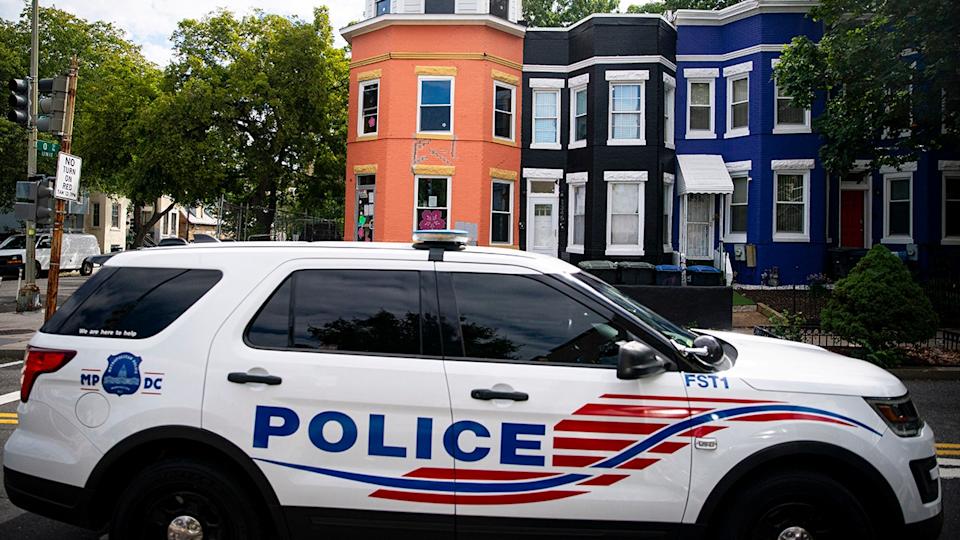
The purse of Kristi Noem, Secretary of the Department of Homeland Security, was stolen on Sunday night at a restaurant in Washington, D.C., Fox News Digital confirmed through several agency sources.
The handbag, taken by a white male wearing a mask, reportedly contained $3,000 in cash along with personal documents, including her passport, keys, driver’s license, and DHS badge, according to an agency spokesperson.
“Her entire family was in town, including her children and grandchildren. She was celebrating her retirement by treating them to dinner, activities, and Easter gifts,” the spokesperson added.
Crime continues to be a significant issue in the U.S. capital, particularly theft. However, violent crime reached its lowest level in 30 years last year, according to the Office of the Attorney General at the time.
International
Pope Francis: The Quiet Architect Behind the U.S.-Cuba Thaw
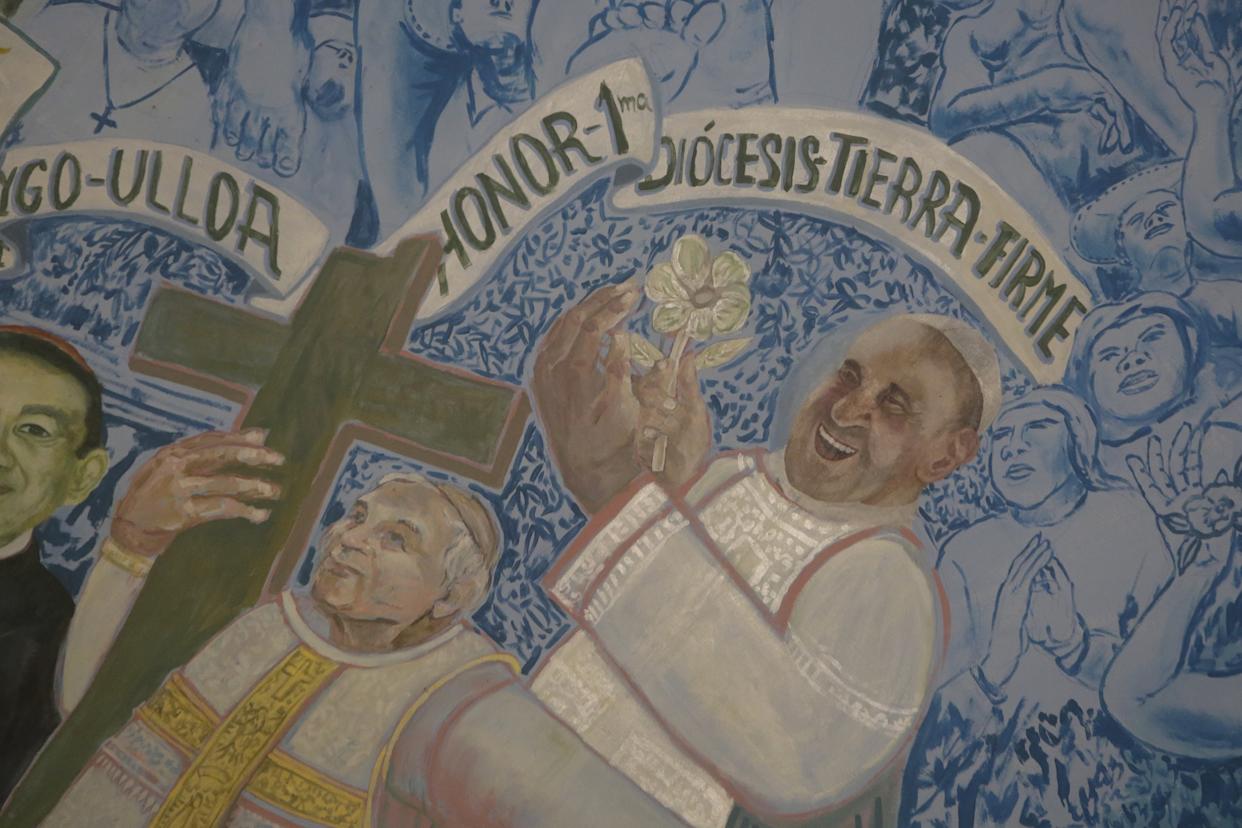
When then-U.S. President Barack Obama and Cuban President Raúl Castro announced the reestablishment of diplomatic relations in December 2014—after decades of hostility—there was a third figure present in both speeches: Pope Francis.
This thaw in U.S.-Cuba relations—later reversed by Donald Trump—was the result of behind-the-scenes negotiations personally encouraged by Pope Francis, who passed away on Monday at the age of 88, just over a year after becoming head of the Catholic Church.
Upon learning the news of the breakthrough, the pontiff humbly stated, “This was made possible thanks to the ambassadors and to diplomacy,” which he called “a noble, very noble job.”
In 2015, months after the announcement, Raúl Castro visited the Vatican and met with the pope. Over time, Castro developed a fondness for Francis that he never had for his predecessors, Benedict XVI and John Paul II. “If the Pope continues talking like this, sooner or later I’ll start praying again and return to the Catholic Church—and I’m not joking,” said the younger Castro, who, like his brother Fidel (1926–2016), had been educated by Jesuits—the same order to which Pope Francis belonged.
Pope Francis visited Cuba later that year. Just days before his arrival, the Cuban government announced the pardon of 3,522 common prisoners as an act of clemency.
While in Havana, the pope met with Fidel Castro, who gave him a first edition of the book Fidel and Religion by Brazilian friar and liberation theologian Frei Betto.
Criticism from the Opposition
Francis’s diplomatic approach also drew criticism from parts of the Cuban opposition. In a 2022 interview with Univision, the pope revealed he had “a human relationship” with Raúl Castro.
International
Dominican Republic Declares Three Days of Mourning for Pope Francis
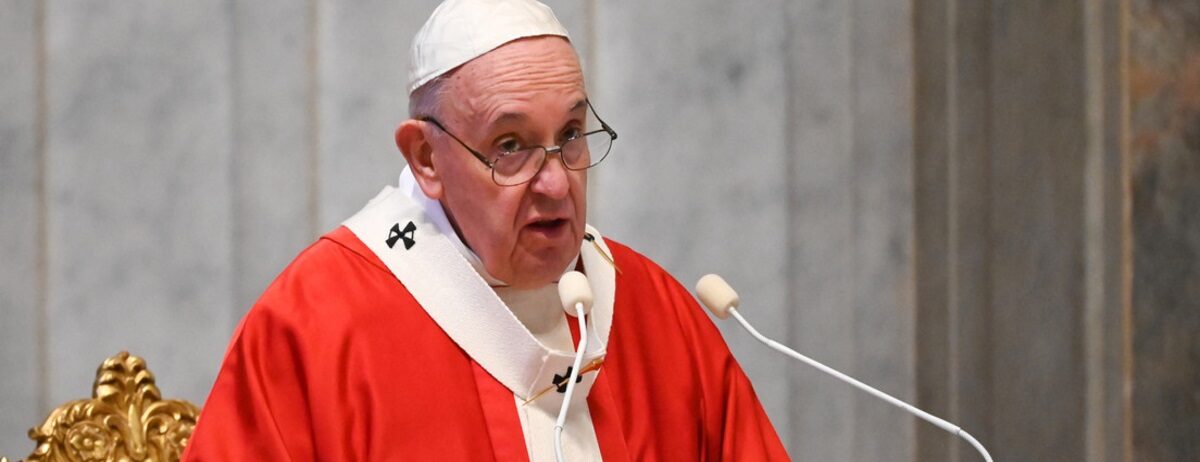
Dominican Republic President Luis Abinader has declared three days of national mourning starting Tuesday following the death of Pope Francis, who passed away on Monday at the age of 88 in his residence at the Casa Santa Marta.
In an official decree, Abinader highlighted the pope’s legacy “as a global leader who promoted significant reforms within the Catholic Church and was known for his humility, openness to dialogue, and commitment to peace among nations.”
During the mourning period, the national flag will be flown at half-staff at military facilities and public buildings.
According to a statement from the Office of the Presidency, although Pope Francis never visited the Dominican Republic during his papacy, he maintained a close relationship with the country. He expressed solidarity and empathy during difficult times, including offering prayers for the victims of the recent tragedy at a Santo Domingo nightclub on April 8, which claimed 232 lives and left more than 180 injured.
-
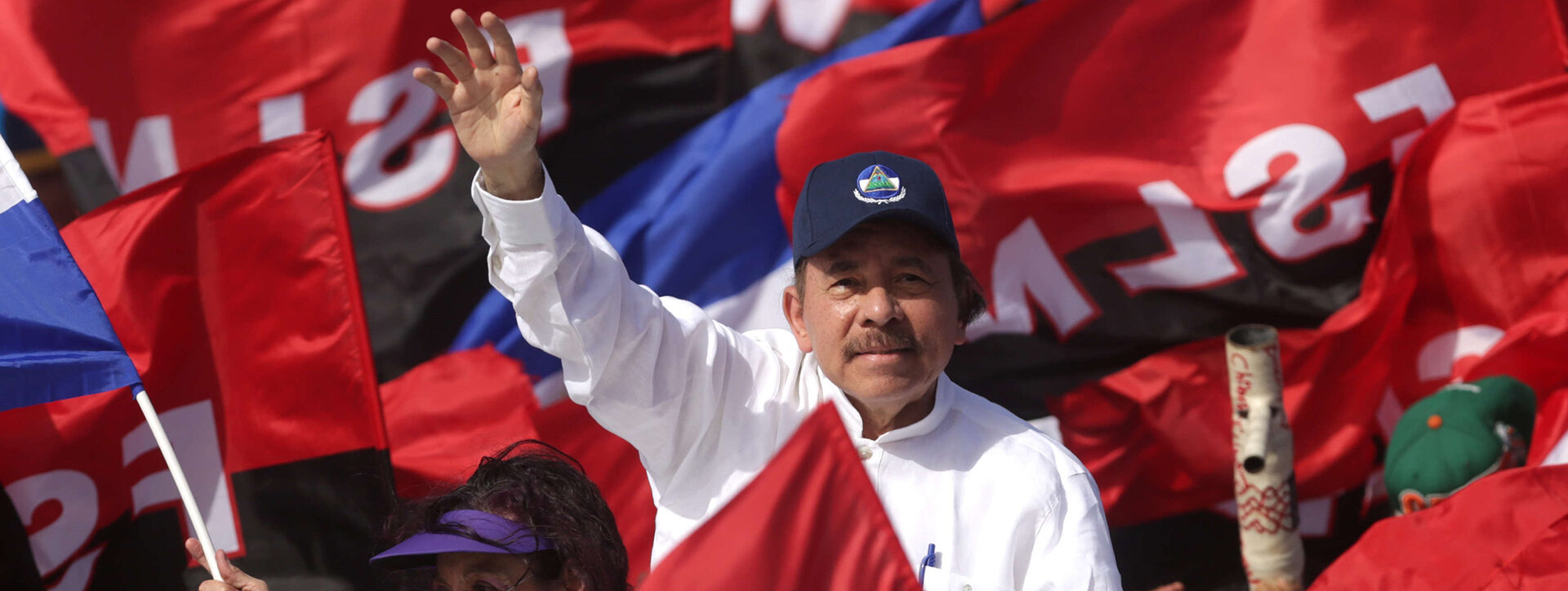
 Central America4 days ago
Central America4 days agoNicaraguan Exiles to Mark 7th Anniversary of 2018 Protests with Global Commemorations
-

 International4 days ago
International4 days agoDominican ‘False Hero’ Arrested for Faking Role in Nightclub Collapse That Killed 231
-
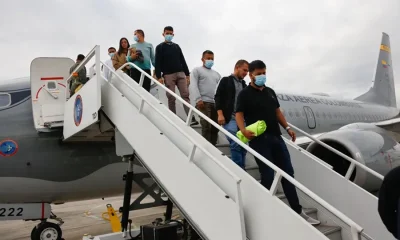
 International3 days ago
International3 days agoACLU seeks emergency court order to stop venezuelan deportations under Wartime Law
-
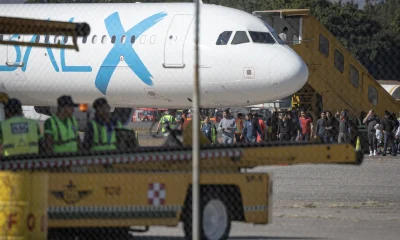
 Central America3 days ago
Central America3 days agoUN complaint filed against Costa Rica over detention of migrant children
-
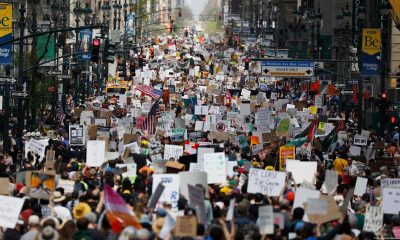
 International2 days ago
International2 days agoThousands rally nationwide against Trump’s threat to U.S. democracy
-
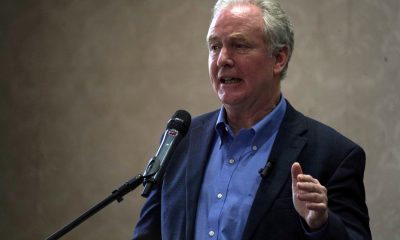
 Central America1 day ago
Central America1 day agoSenator Van Hollen Meets with Deported MS-13 Member in El Salvador; Trump and Bukele React
-
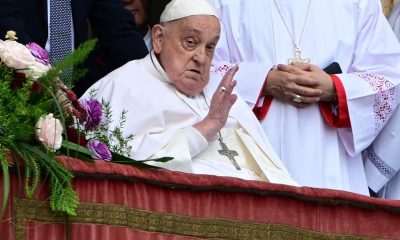
 International1 day ago
International1 day agoPope Francis Appears for Easter Blessing, Calls for Peace and Religious Freedom
-
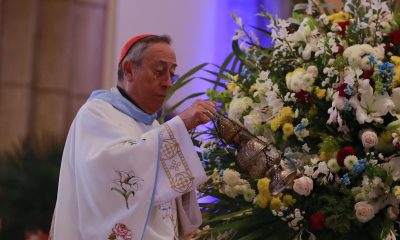
 Central America6 hours ago
Central America6 hours agoCardinal Rodríguez to Attend Funeral of Pope Francis: “He Was Very Dear to Me”
-
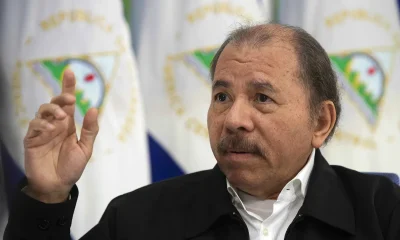
 Central America6 hours ago
Central America6 hours agoNicaragua’s Ortega and Murillo Mourn Pope Francis, Acknowledge ‘Difficult’ Relationship
-

 International6 hours ago
International6 hours agoDominican Republic Declares Three Days of Mourning for Pope Francis
-

 International6 hours ago
International6 hours agoDHS Secretary Kristi Noem’s Purse Stolen in D.C. Restaurant Heist
-

 International6 hours ago
International6 hours agoPope Francis: The Quiet Architect Behind the U.S.-Cuba Thaw















